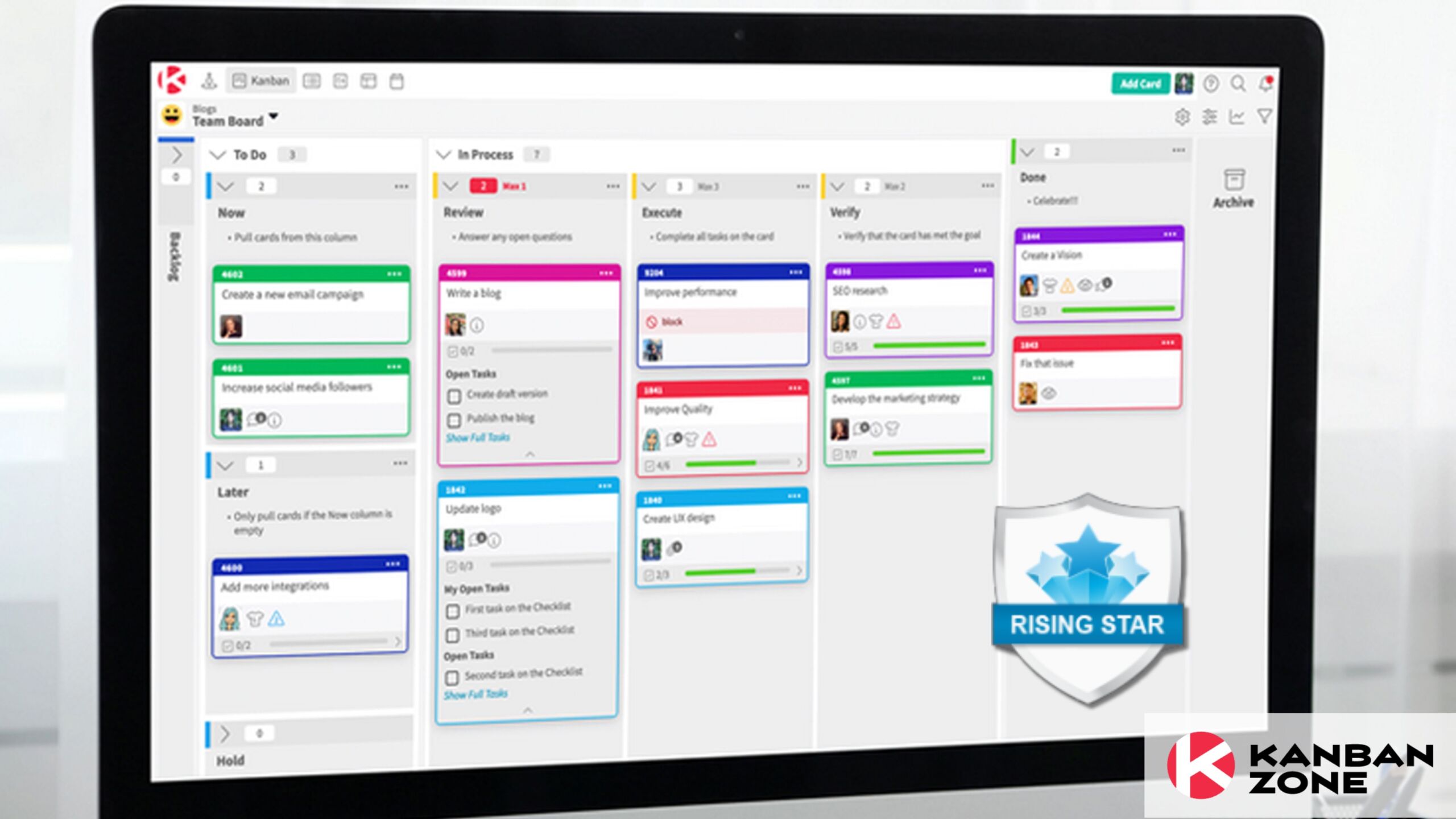
Kanban originated in Japan as a manufacturing system that applies Lean principles to reduce costs in production lines. In the 1940s, the Toyota Production System implemented Kanban to control inventory levels, reduce time to market, improve quality, etc… The introduction of this methodology within the automobile industry provided a great advantage to Toyota. The result of building great efficiency within their processes, by eliminating waste and bottlenecks, helped Toyota become the worldwide leader in their industry.
Since the Kanban methodology continues to be one of the best kept secrets to significantly improve the way you work, we will expose the method from its roots in the manufacturing world and see how it can be applied to today’s business and personal world.
Its origin defined in 25 words…
Kanban is a Japanese manufacturing process that regulates the flow of materials by using instruction cards to signal a specific request within a production line.
Kanban explained in 100 words as a Lean methodology that can be applied to any process…
A Kanban is a card containing details to complete a request within a clearly defined process represented on a board. The most basic Kanban board can be represented with the following 3 columns: To Do, In Progress, Done. The cards flow through this board to visualize the status of each card in the overall process. Each column has explicit agreements to ensure the card has completed each step expected in the process. Once the card reaches the last column, the content of the card is 100% ready for delivery, or flows to another board to continue the process until completion.
Kanban for business
In the manufacturing world, Kanban continues to be a great way to leverage Just-In-Time (JIT) production and establish production capacity using Work-In-Progress (WIP) limits on Kanban boards. Although the method is great for controlling inventory levels, it’s not limited to processes that involve materials.
In the Information Technology (IT) world, it has emerged as also being an Agile methodology. Many organizations have embraced Agile as a way to achieve faster time to market by using Scrum for complex work on the software side. Kanban, with its Lean principles, is ideal for complicated work in all areas of your organization. Many teams of experts can quickly set up a board to turn their expertise into a well-defined process, where cards simply flow to visualize and optimize their work.
Today, as organizations strive to gain a competitive edge, the methodology is emerging as a simple way to track and help every team within your organization. We have applied the methodology in areas including:
- Sales to manage the process of Request For Proposal (RFP)
- Human Resources to manage the process of recruiting, onboarding, and terminating employees
- Blogging to more efficiently create blogs on a regular basis
- Crisis Management to visibly track critical issues for more efficient resolution
The list goes on as every process can be visualized on a board to create a culture of continuous improvement and also have the great consequence of motivating people to naturally seek better ways of working together.
Kanban in personal life
As a Kanban coach, I can be a little fanatic about seeing everything as a process and therefore build a board for almost everything… For example, I plan, track, and store my vacations on a board. This helps discover great ideas for traveling around the world and share great discoveries from these trips.
Now, this next one can be controversial for some people. I started doing this many years ago when I was a facilitator of The 7 Habits of Highly Effective People by Stephen Covey, but now instead of doing it as a big rock on a weekly compass, I do it on a Kanban board. So, what is it? I plan my date nights! Some can argue that it’s not romantic, but from experience, I have found that spending time to plan special occasions with your loved one is actually very romantic. First, we have date nights, and second, they are thoughtfully planned.
What process could you improve? What type of card would you flow on your Kanban board?
Learn to Work Smarter, Not Harder!
Get our top articles weekly.
Table Of Contents
Discover many more posts…







